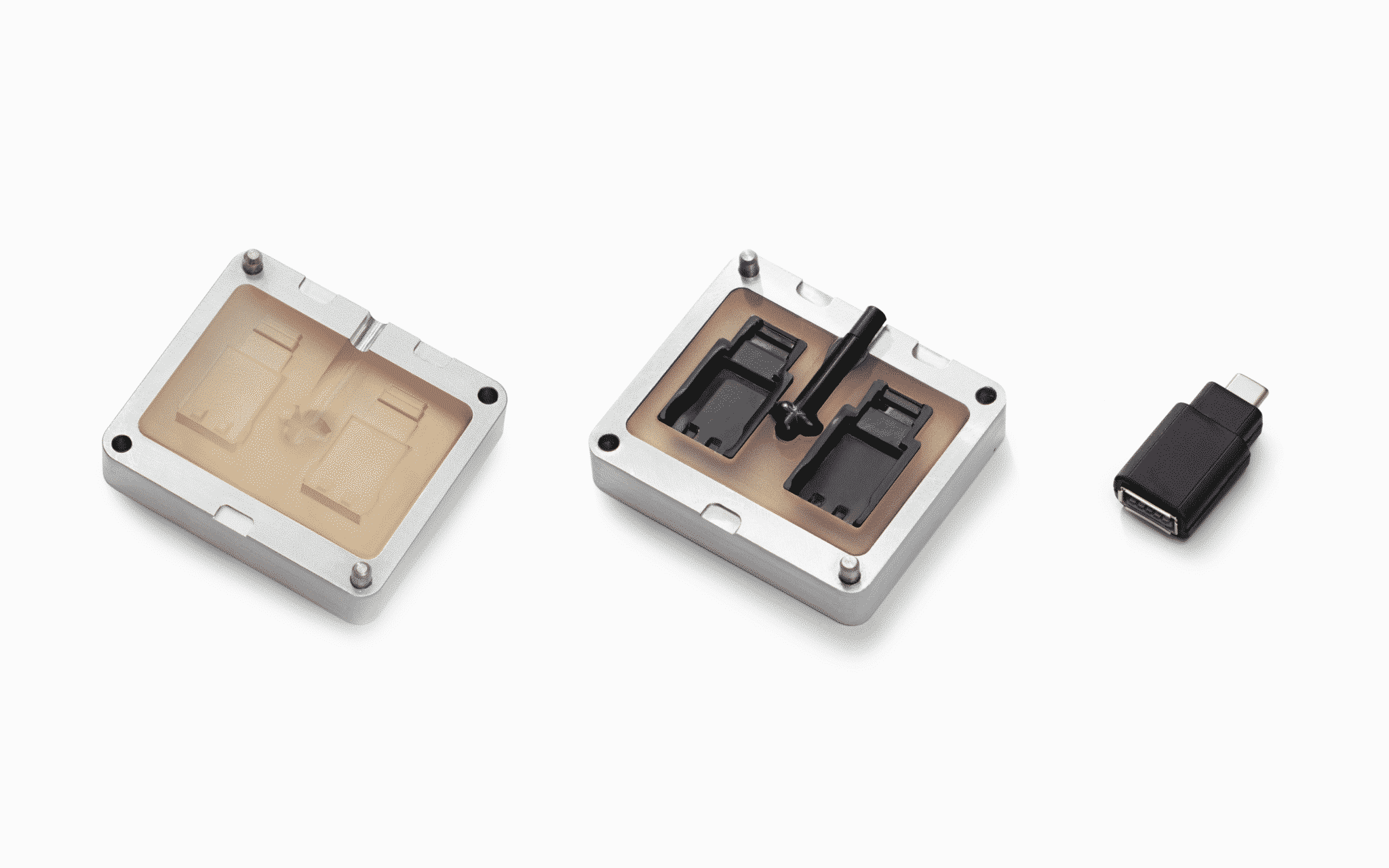Injection molding, 3D printing, vacuum casting, and CNC machining can all produce plastic objects, but they are used in different stages of manufacturing. 3D printing is preferred for prototyping, and low-volume production, while injection molding is frequently used in large-volume production of end-use products. That’s because the former one is outstanding for low start-up cost, short lead time, and flexibility in creation; and the latter one can achieve fast and repeatable production.
Congratulations if you end the R&D process and decide to move from 3D printing to injection molding. But it’s not that easy. You need to consider the below factors:
- What preparation needs to be arranged in advance?
- Which modifications should be made of your design?
- How can the molded part match with the specifications of its 3D printed counterpart?
We summarized 5 tips for your reference.

Ensure your design is accessible for injection molding.
3D printing breaks the limitations on imagination, but when you turn to large-volume production, you need to be realistic. Those printable design needs to be moldable, thus the modification is unevitable.
Here are some injection molding design principles that should be followed:
- Include the draft angles
- Avoid overhangs
- Change sharp corners into round corners
- Abandon complicated infill patterns
- Adopt simple but repeatable ribs
Of course, the best plan is to obey the injection molding rules at the very beginning of the design.
3D printing with production material in the R&D stage.
The applicable materials for 3D printing and injection molding overlap but are not totally the same. In general, the selection range of plastic for injection molding is wider than for 3D printing.
We suggest that choose the material of end-products for 3D printing will be beneficial for a smooth transition. It may bring some difficulties in printing and post-processing, increasing the labor cost and production time, but it worths.
The thumb rule of prototyping is: making the prototype that can represent the end-use product for the inspection of its strengths and weaknesses. You are not expected to make something at the highest possible standards, only if you are making a model for promotion or Kickstarter project.
Try different 3D printing technology to mimic the effect of injection molding.
Still, for the consideration of a smooth transition, the more printed parts similar to mold parts the better. The print cost, speed, and quality are distinct with different 3D printing technologies.
FDM 3D printer is the most popular one due to its low price and simple operating principle. It’s also compatible with a variety of plastic filaments. However, the printed object is much different from the injection-molded one in the inner structure and surface finish. In other words, the prototype is difficult to transform into a molded part.
PolyJet 3D printer and SLA 3D printer can produce parts with tight tolerances and smooth surfaces, but the parts are not strong enough for end-use.
We will introduce you to the other types of 3D printers in this article.
